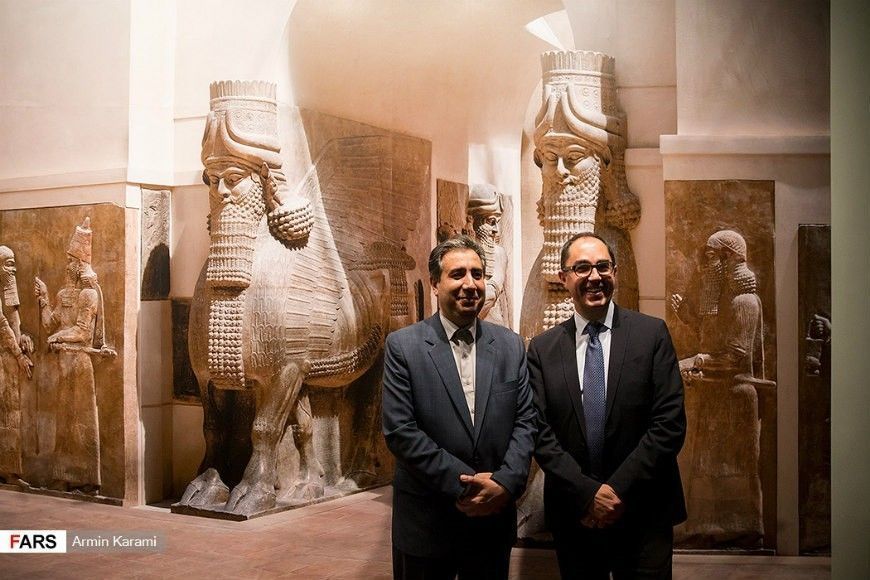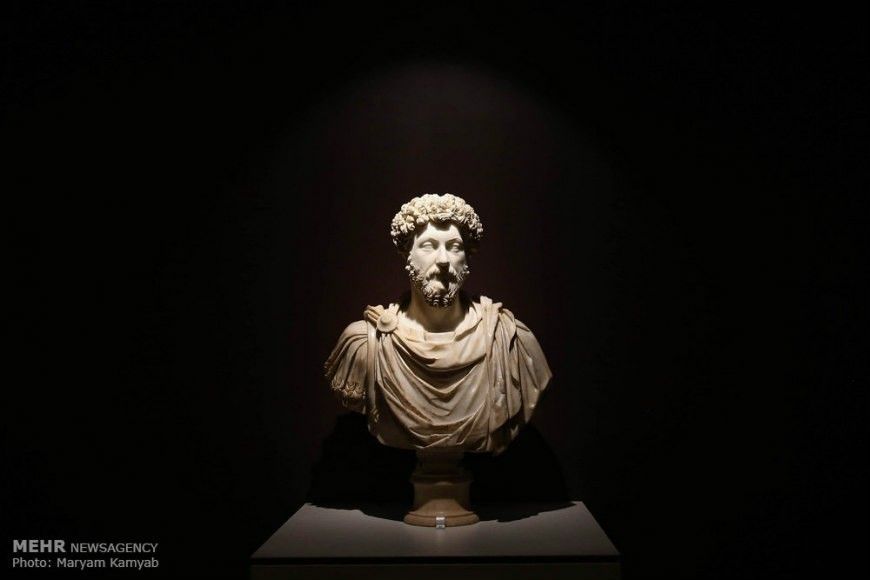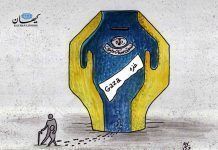March 10, 2018
An exhibition of 50 artworks on loan from the Louvre opened at Iran’s National Museum on March 6 in Tehran. Among the works on display are a 2,400-year-old Egyptian sphinx, a bust of the Roman emperor Marcus Aurelius, Iranian artifacts, and drawings by Western master artists including Rembrandt and Delacroix. The show will run for four months.
The exhibition was the result of an agreement signed between the Louvre and Iran’s Museums and Cultural Heritage Organization during President Hassan Rouhani’s visit to France in 2016. The Louvre has described the show as “an outstanding cultural and diplomatic event.”
The Iranian authorities have, in the past, demanded the return of ancient Iranian artifacts from Western museums including the Louvre.
Remarks by Jean-Luc Martinez, the Louvre’s director, did nothing to ease the tension. “Iranians should be grateful to us for exhibiting these works,” he told AFP. “Relations between France and Iran are longstanding and deep because France was a pioneer of archaeological exploration in the country.”
Martinez noted: “The museum acquired all of the objects legally and with the full consent of the Iranian government. French archaeologists worked in Iran at the end of the 19th century. Many of them spent their entire lives in Iran. Most of the objects they discovered remained in the country. As a show of thanks for their efforts, the government gave them some of the artifacts.”

“There is no way for Iran to regain possession of these objects,” Gibreel Nokandeh, the director of the National Museum, told the Borna News Agency. “These works are part of France’s national heritage. The artifacts legally belong to France, but we claim moral ownership over them. There are only two Iranian artifacts in the exhibition. They are on loan to us.”
The two artifacts on loan are a bronze axe from the ancient city of Chogha Zanbil [an Elamite complex in the southern province of Khuzestan] and a flag from the Western province of Lorestan. The Tehran Stock Exchange has used the design of the flag as its logo. The Louvre acquired the flag in 1893.
According to Nokandeh, most of these objects left Iran during the Qajar Dynasty [1785-1925]: “At the time, the law gave 50 percent ownership of any archaeological find to the foreign entity that excavated an ancient site. Of course, many of these artifacts were smuggled out of Iran.”
A section of the exhibition showcases photographs taken of the Louvre Museum by the late Iranian filmmaker Abbas Kiarostami.
The exhibition has been sponsored by the French energy giant Total, automobile manufacturer Renault, and Iran’s Ayandeh Bank.











Let them have the artifacts .who do you trust more? The anti arts,a savage barbaric regime or the Louvre Museum ? If the Louvre does,t keep the objects , they all will end up in Najaf or Karbala in Iraq.I still strongly disagree with Mr. Nokandeh when he calls these artifacts France,s national heritage! Queen Farah left behind a treasure full of French arts ,they only have something to do with who we were and who we are now .we paid for them but, still they are the France,s national and will BE